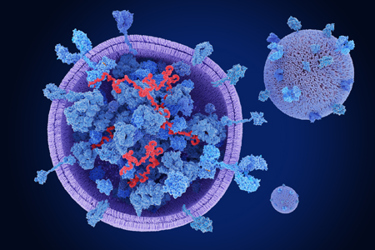From Pegylated Shells To Glucose-Responsive Acts: Engineering The Future Of Lipsomal Drug Delivery

Liposomes are tiny, fat-based bubbles that can carry medicine safely through the body. These structures help improve how long a drug stays active, reduce side effects, and make sure it reaches the right place — like a tumor or infected tissue. They’re already used in real treatments, such as Doxil for cancer, Ambisome for fungal infections, and Epaxal for viral vaccines. Liposomes can hold many kinds of medicine, from small drug molecules to proteins and even genetic material like RNA. Their surfaces can be specially designed to avoid detection by the immune system, target specific areas, or release the drug when triggered by things like light or changes in pH. For example, one case study shows how insulin can be packaged into liposomes using a careful mixing and filtering process.
To learn more about how liposomes are made and used in different therapies, explore the full collection of case studies included in this content.
Get unlimited access to:
Enter your credentials below to log in. Not yet a member of Outsourced Pharma? Subscribe today.
